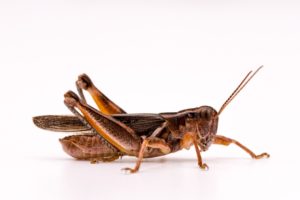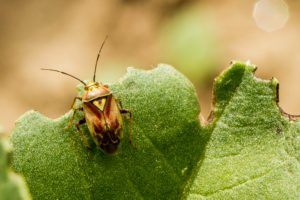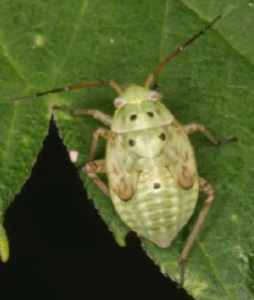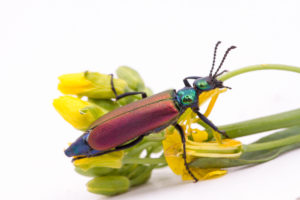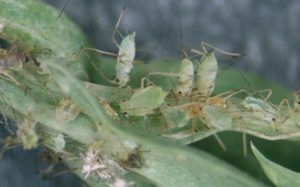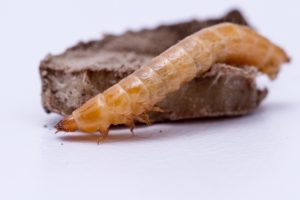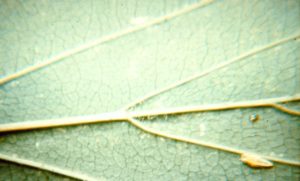Faba Bean – Insects
There are no serious insect pests of faba bean known to occur in western Canada.
Grasshoppers can be a major pest of faba beans, and pea leaf weevil is a new and major threat for both faba beans and pea. Lygus can cause quality losses – they move into faba bean after other crops have matured and if numbers are high enough, can cause loss in grade (pin holes in the seed coat).
There are a number of other insects considered to be pests of faba beans: aphid, blister beetle, leafhopper, can occasionally be found in faba bean, but rarely at economically damaging levels. Aphid and leafhopper can transmit viruses while feeding on faba bean. The leafhopper can cause damage by transmitting aster yellows. Blister beetle and grasshopper feed on faba bean shoots and buds where damage is usually localized to the area being fed on.
Resources
Grasshoppers
|
|
DAMAGE |
|
LIFE CYCLE |
|
CONTROL |
|
ECONOMIC THRESHOLD |
|
REFERENCE |
|
Lygus Bug
|
|
DAMAGE |
|
LIFE CYCLE |
|
CONTROL |
|
ECONOMIC THRESHOLD |
|
RESOURCE |
|
REFERENCE |
|
Pea Leaf Weevil |
|
damage |
|
life cycle |
|
control |
|
economic threshold |
|
resources |
|
reference |
|
Insects with less impact on faba bean
Blister Beetle
|
|
DAMAGE |
|
LIFE CYCLE |
|
CONTROL |
|
ECONOMIC THRESHOLD |
|
REFERENCE |
|
Pea Aphid
|
|
DAMAGE |
|
LIFE CYCLE |
|
CONTROL |
|
ECONOMIC THRESHOLD |
|
RESOURCE |
|
REFERENCE |
|
OTHER INSECTS |
|
CUTWORMS & WIREWORMS |
|
LEAFHOPPER
|
|
Special thanks to Saskatchewan Pulse Growers.

